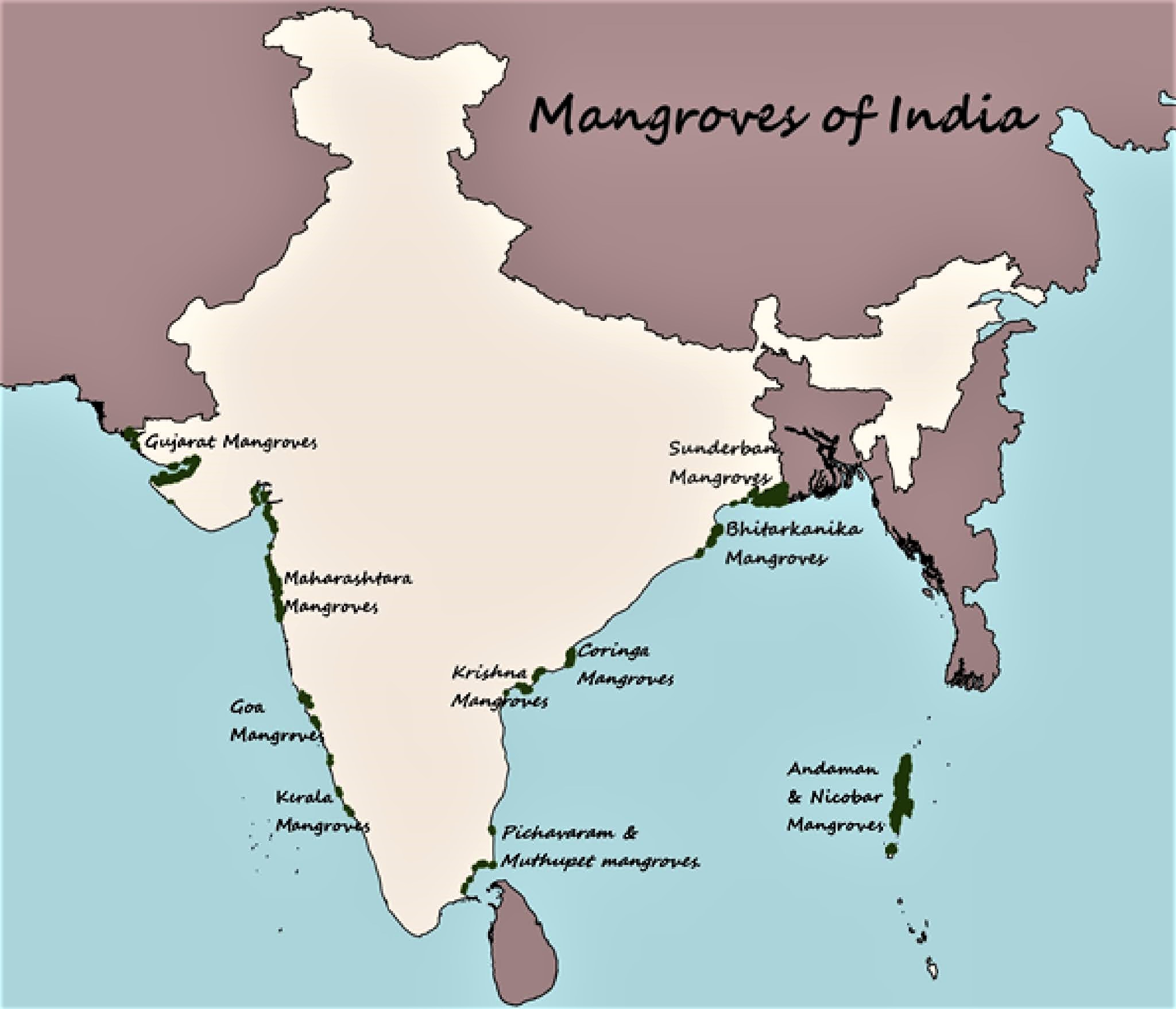7667766266
enquiry@shankarias.in
Recently, India has joined the Mangrove Alliance for Climate that was launched on the sidelines of the ongoing United Nations Climate Summit (COP27) in Egypt.
As per the 2022 State of World’s Mangroves Report prepared by the Global Mangrove Alliance, mangroves prevent more than 65 billion dollars in property damages and reduce flood risk to some 15 million people every year.
Carbon sinks
Ecosystem services
Disaster risk reduction
Socio-economic importance
Quick facts
Mangrove Alliance for Climate (MAC)
India and Mangroves

References